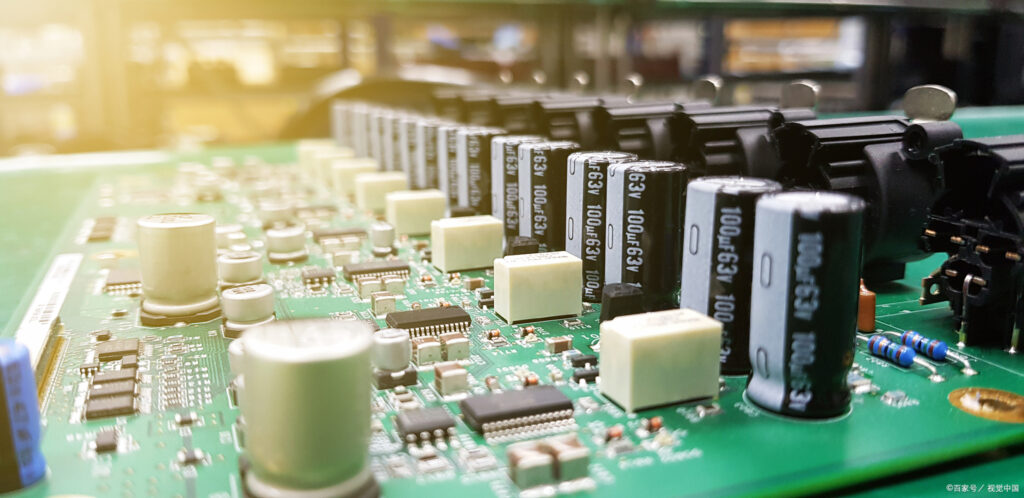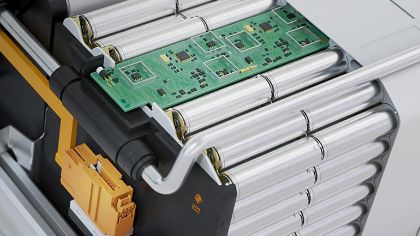Medical-Grade PCB:The Precision Cornerstone of Healthcare
medical-grade PCB are directly related to life and health, in modern medical equipment, printed circuit boards (PCB) play a vital role. Unlike ordinary consumer electronics. Their design and manufacturing adhere to extremely stringent standards, forming the core foundation of medical device reliability and safety.
Ultimate Reliability, Safety First for medical-grade PCB
The primary principle for medical devices is “do no harm.” Therefore, this PCB must achieve ultimate reliability and stability. They typically use high-quality materials and undergo precise design and strict production process control. This ensures they can withstand challenges like long-term use, moisture, and high-temperature sterilization, preventing any potential risks that could lead to device failure.
Strict Compliance, Rigorous Standards
The production of medical-grade PCBs is entirely governed by strict regulations. Every step, from raw material procurement and manufacturing processes to final testing, must comply with medical quality management system certifications like ISO 13485. Each PCB requires complete traceability, ensuring its quality meets the highest industry standards and provides a solid guarantee for patient safety.
Miniaturization and High-Performance Integration
With advancements in medical technology, wearable, implantable, and portable diagnostic devices are becoming increasingly common. This demands that medical PCB integrate more complex functions into smaller sizes, achieving a unity of high performance and miniaturization. Advanced technologies like High-Density Interconnect (HDI) are widely used in this field, helping to make devices lighter and smarter.
In summary, with their exceptional reliability, strict compliance, and precise integration technologies, medical PCB silently support the innovative development of modern healthcare, safeguarding human life and well-being.
As artificial intelligence and IoT technologies deeply integrate into the medical field, medical-grade PCB are poised for transformative changes. Intelligent diagnostic equipment will require miniaturized circuit boards supporting edge computing, while remote patient monitoring systems will demand PCB with low-power wireless communication capabilities. These innovations are not only driving advancements in flexible circuits and embedded sensor technologies but also raising higher requirements for PCB biocompatibility and long-term stability. Medical electronics engineers are currently developing biodegradable temporary implantable circuits, marking a significant stride toward intelligent and personalized development in medical-grade PCB


